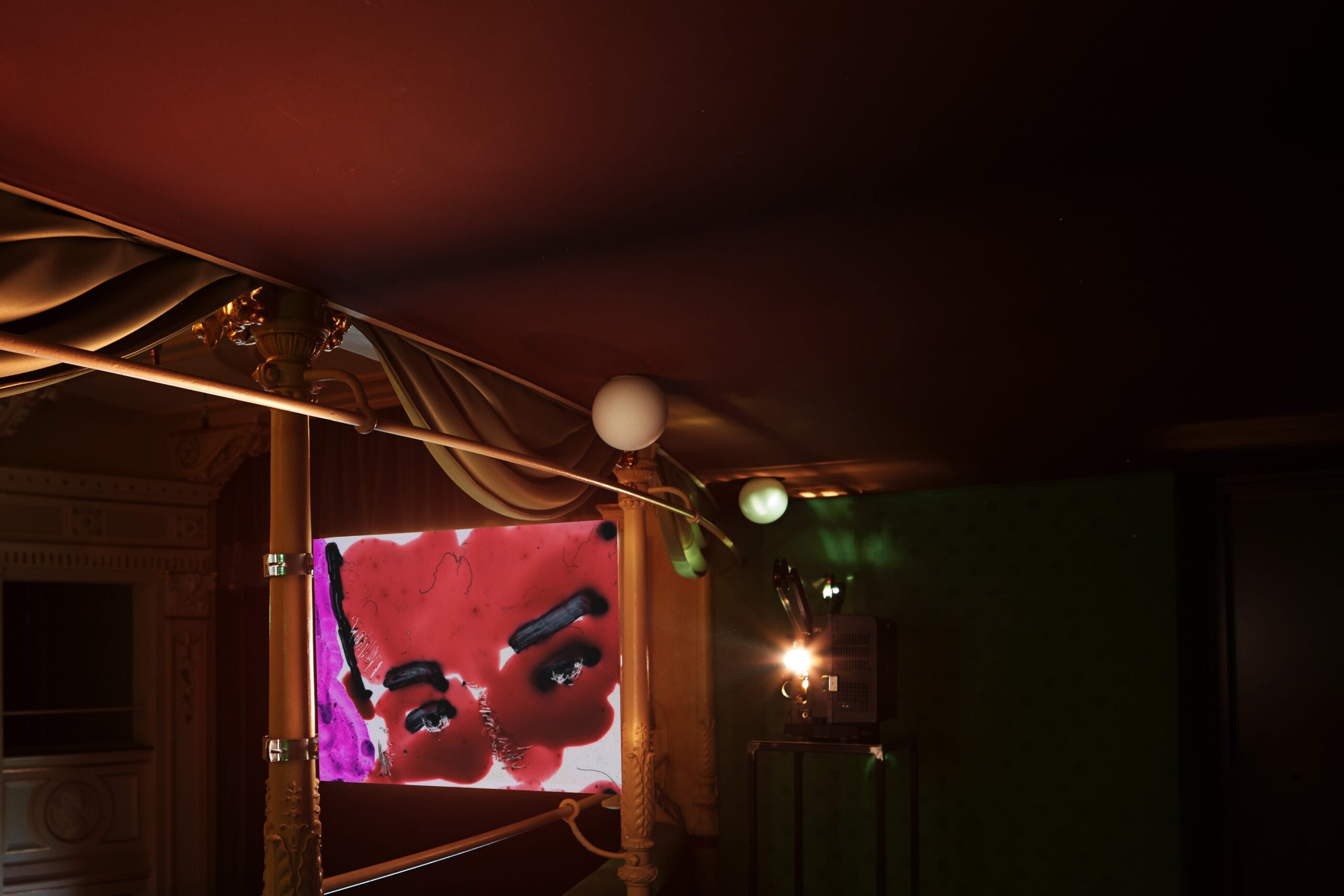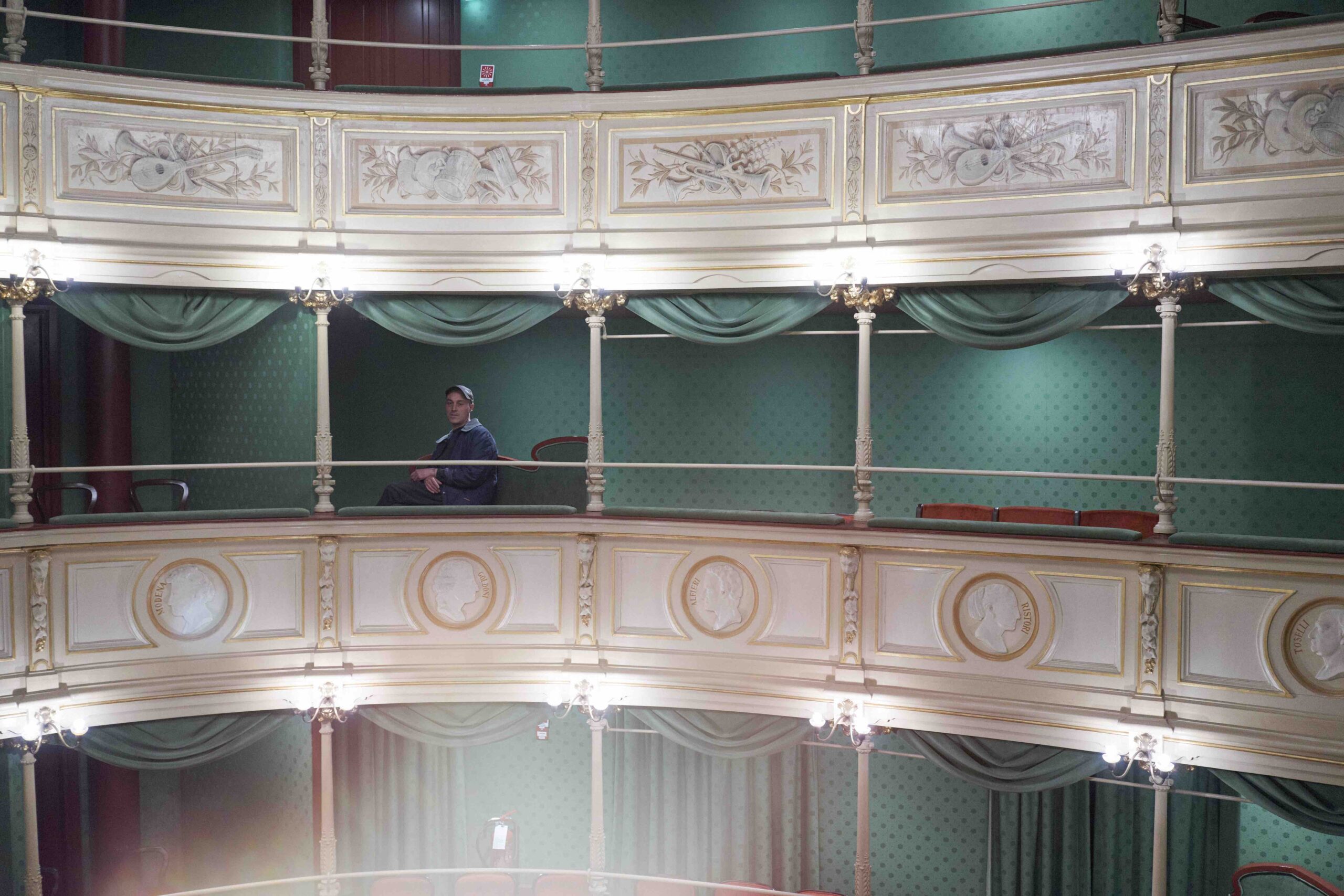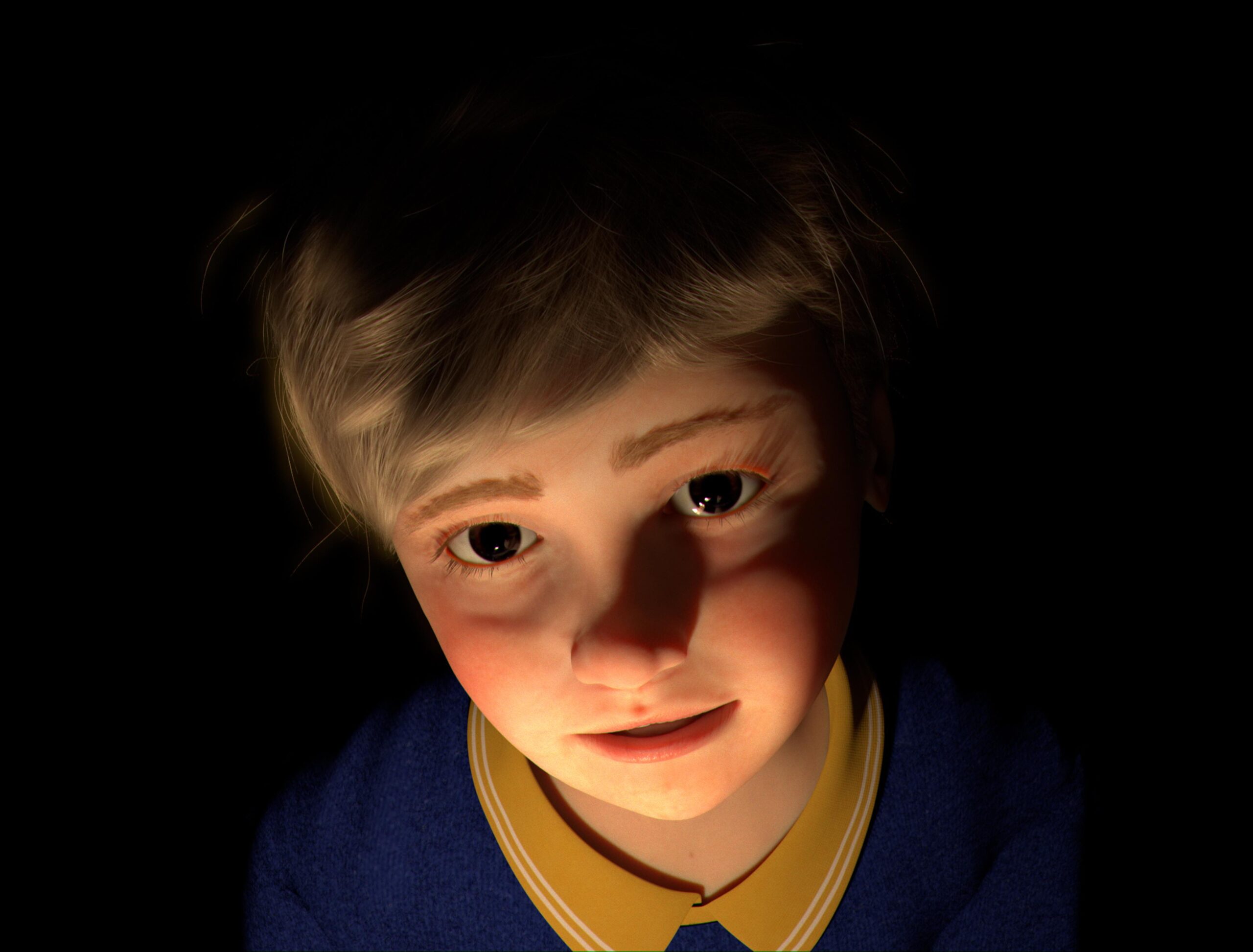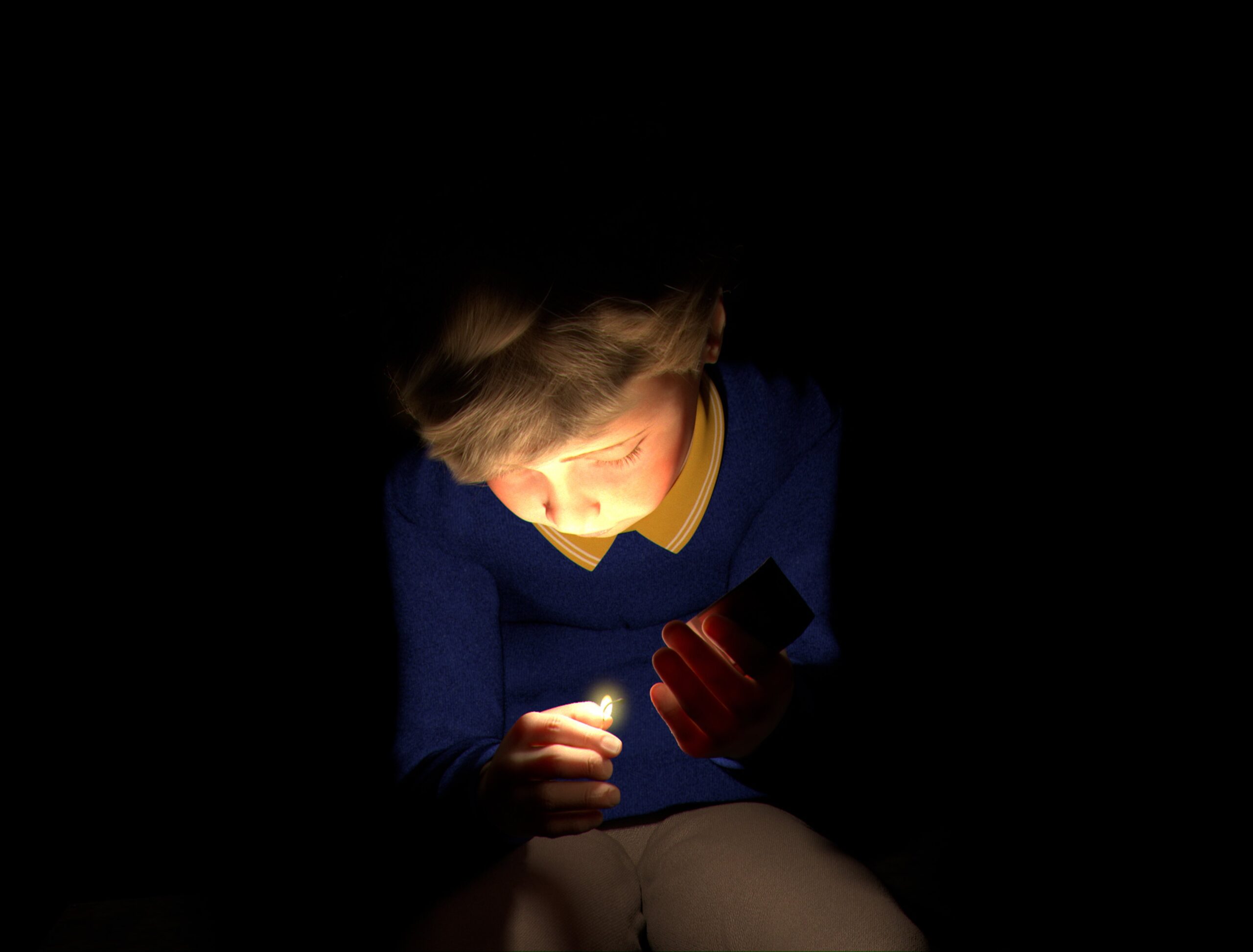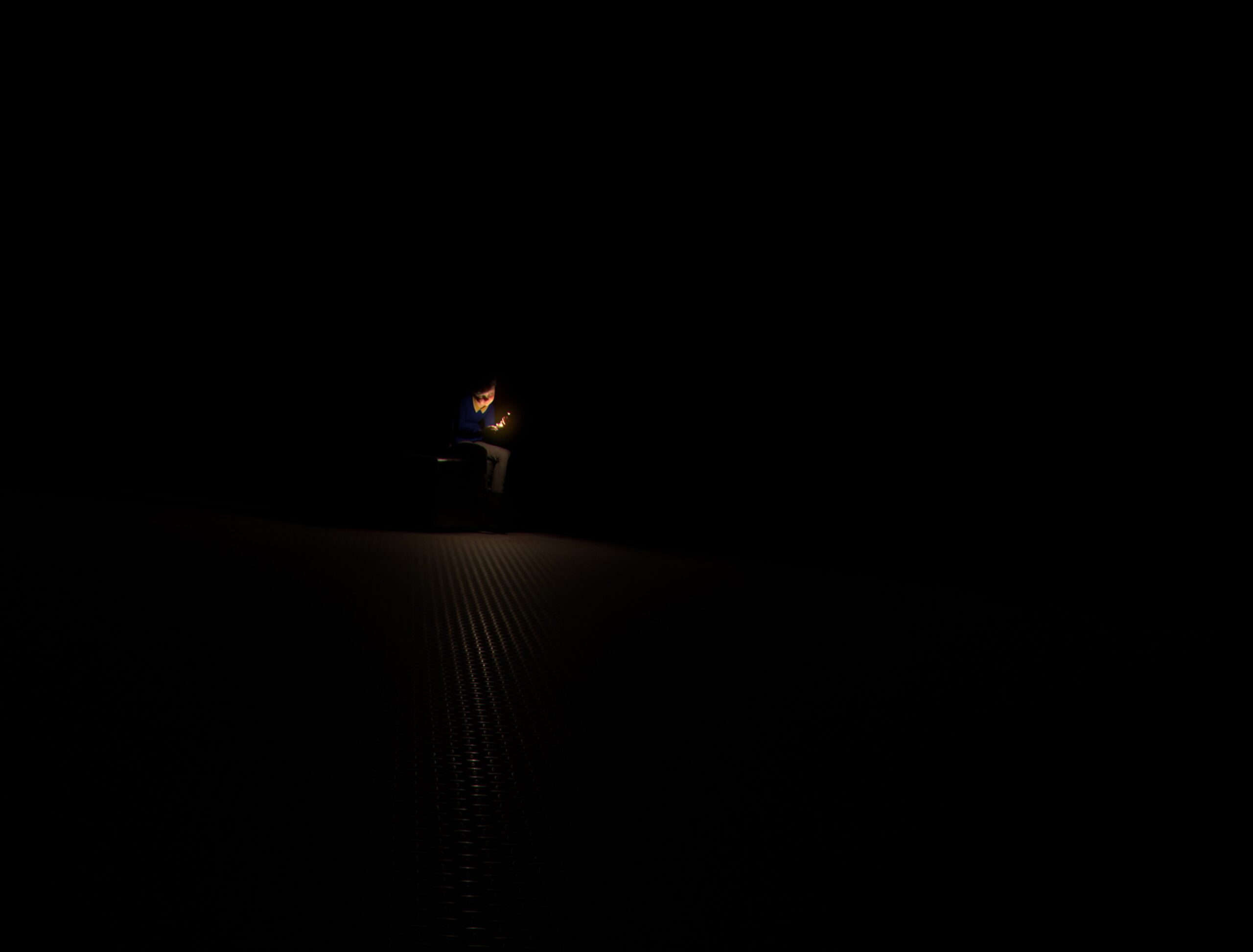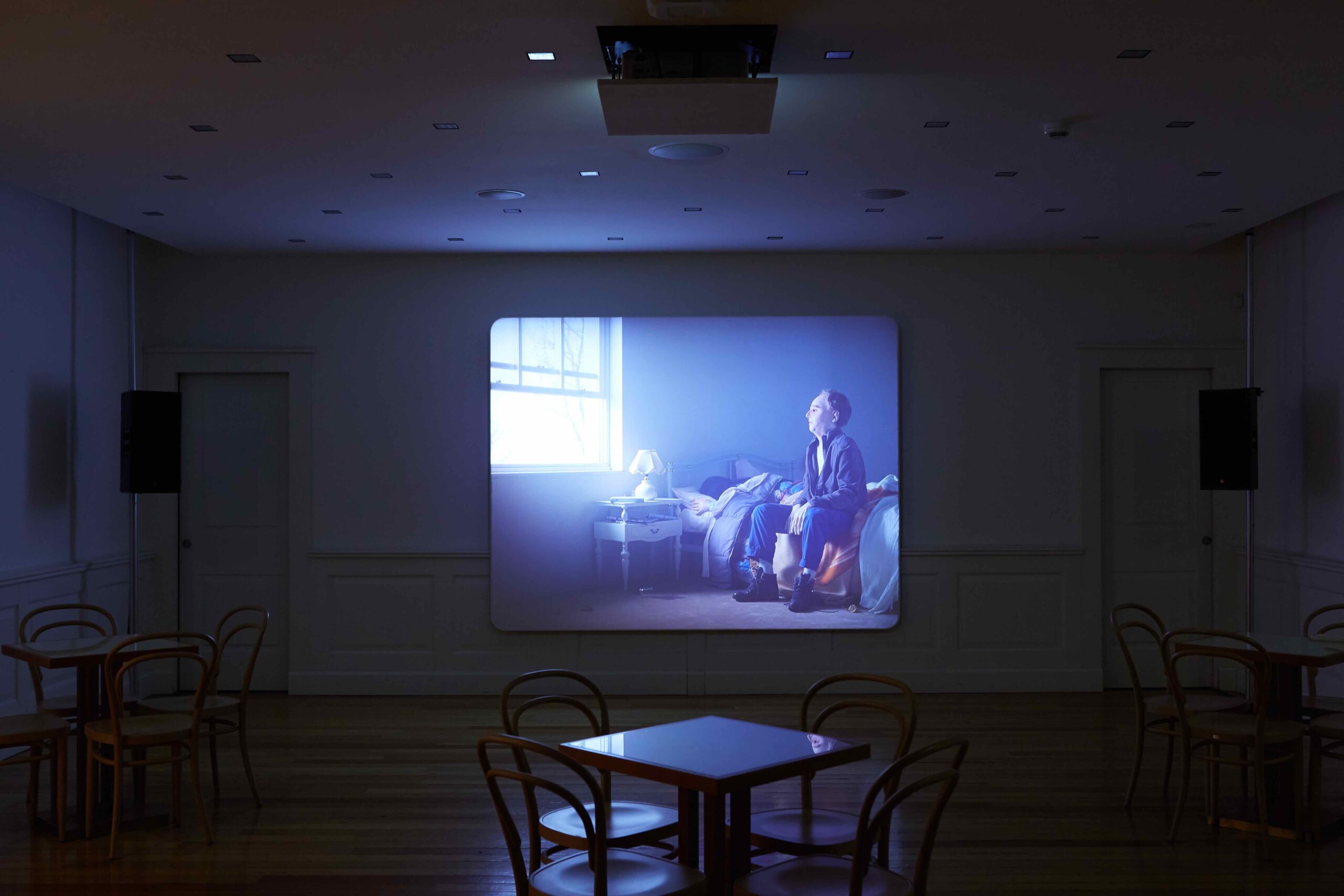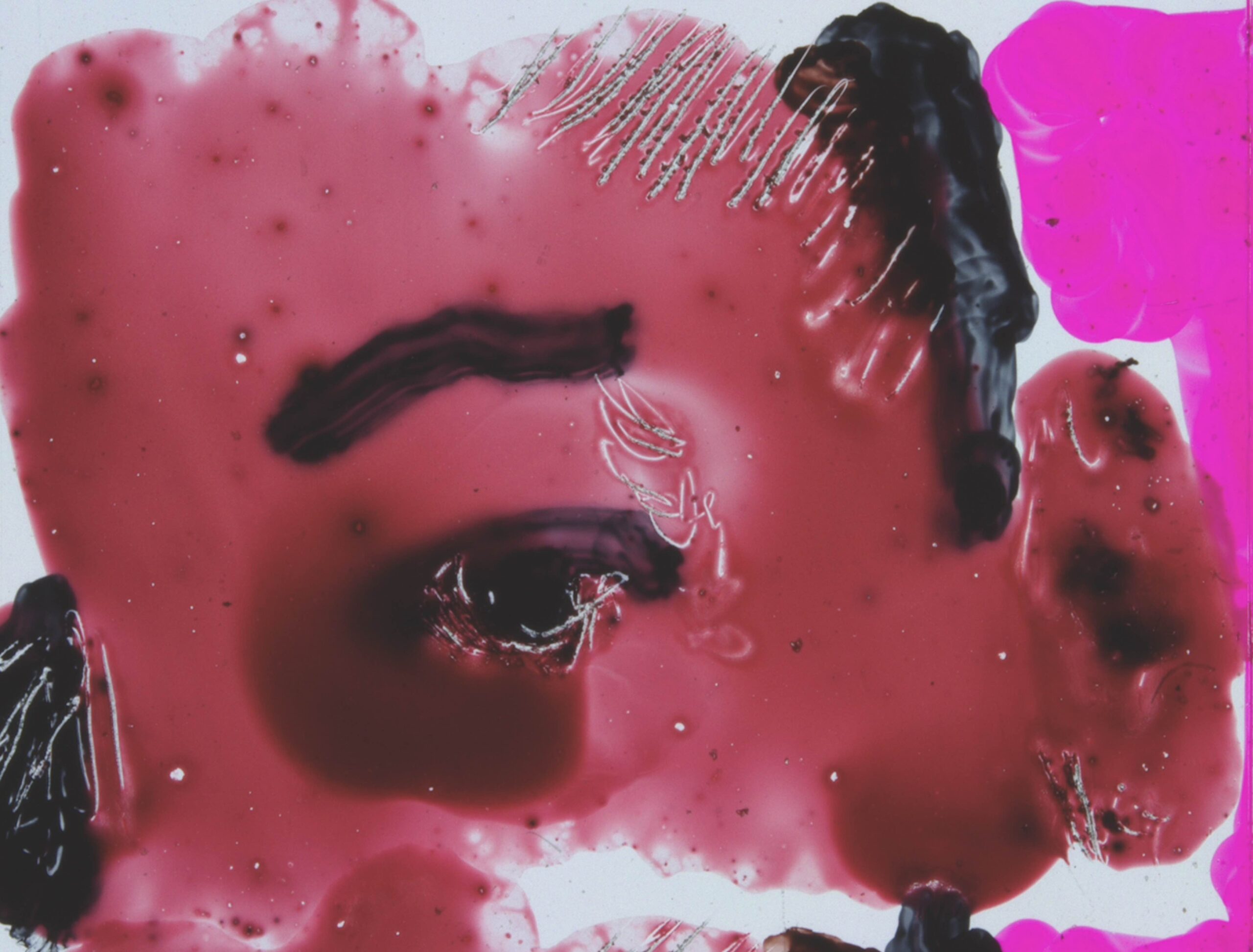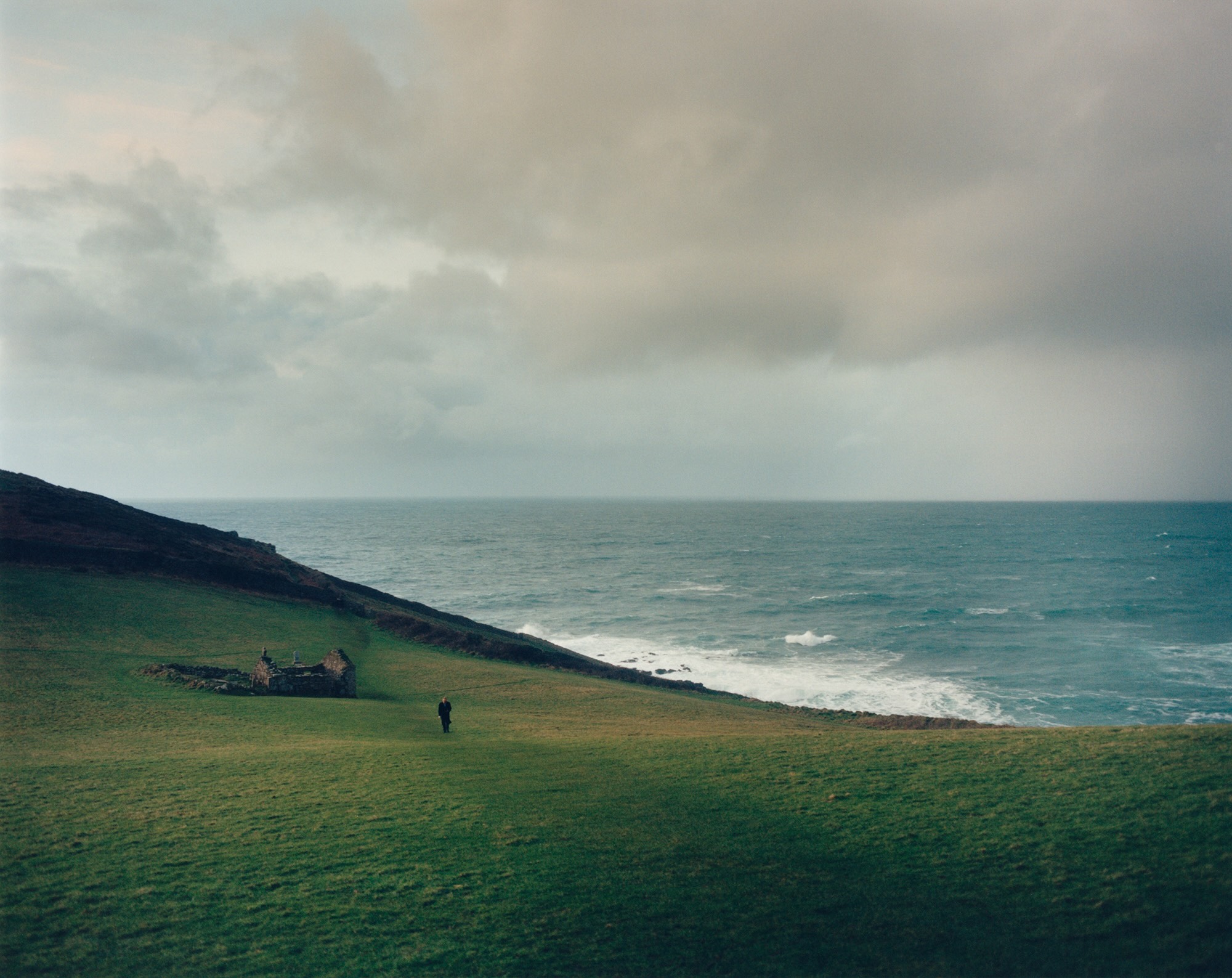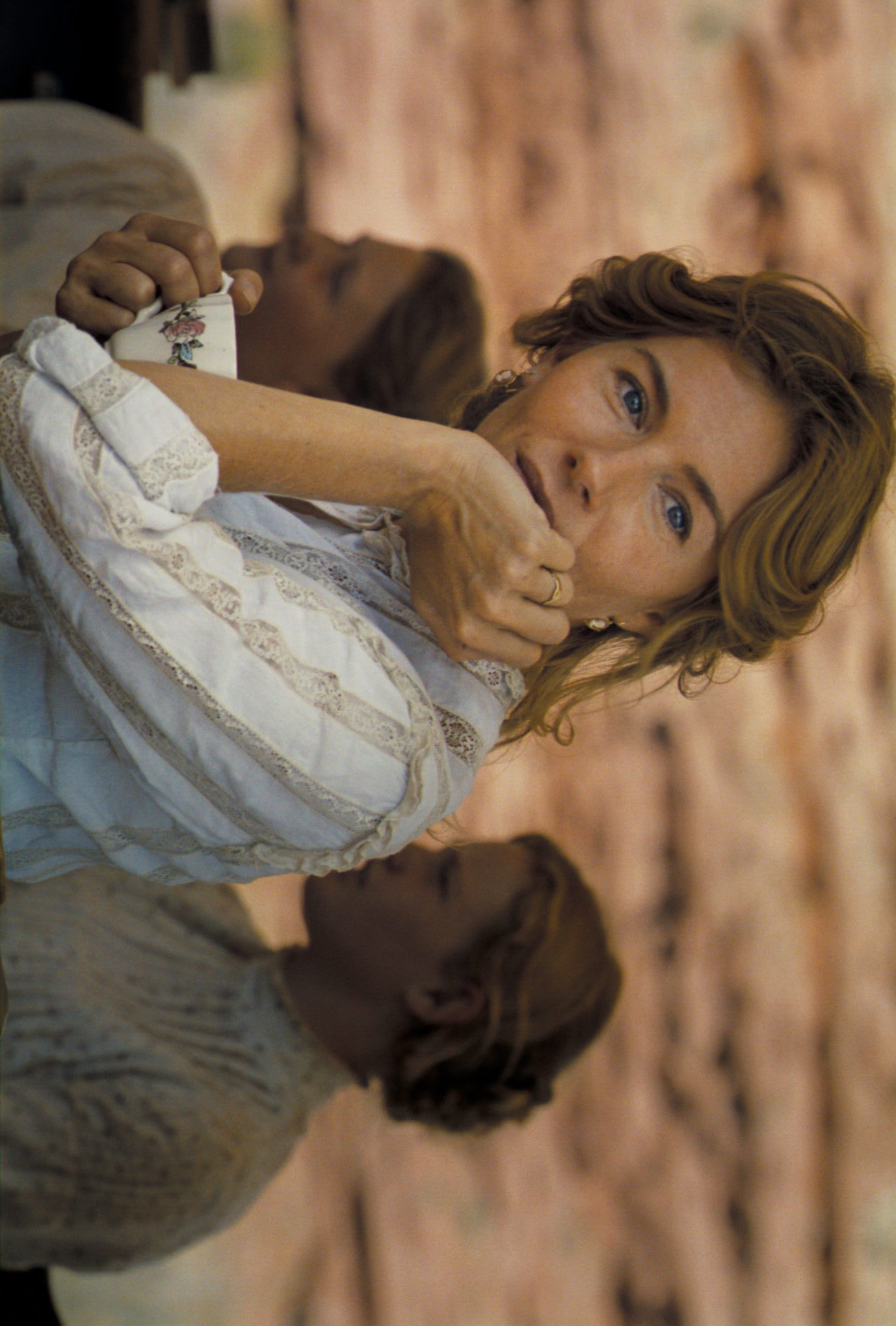For its 20th anniversary, the Trussardi Foundation returns to Milan with a new project that turns its gaze to innovative, young and fearless art: at Teatro Gerolamo it presents Diego Marcon’s stories through imaginary creatures that live inside videos, films and installations, relentlessly battling with mysterious dramas, hence the name Dramoletti. Massimiliano Gioni, curator of the exhibition, chooses the famous “little Scala” because it presents itself to the public as a place of magic, where marionette shows were once held and stories of invented characters were told. The artist appears as a continuation, an evolution of the past, immediately establishing a strong connection with the Theater, which seems to be the perfect space for the new modern puppets. The title of the journey is borrowed from a collection of short stories by Thomas Bernhard that sadly evoke the world in which we find ourselves today, at the same time giving the possibility of rebirth through art as a true transformation. Marcon uses the theme faced by the writer as the basis of his latest work, to explore and investigate present-day humanity: we find ourselves catapulted into a world where children and creatures suspended between the human and the post-human move, mixing melodrama and special effects. These are the enigmatic stories of characters agitated by deep moral doubts who feel trapped in distressing actions that are endlessly repeated, with no way out. The audience reflects its own problems, its own uncertainties in these puppets, feeling part of their suffering: a whole new way of representing the issues of our humanity using fantastic creatures as protagonists.
Marcon constructs mysterious chamber dramas in which puppets, children and creatures suspended between the human and the post-human move.
The exhibition opens in the theater’s central hall with a new presentation of Ludwig, the first character we meet. Digital animation shows a child, aboard a storm-tossed ship, singing one of Marcon’s typical opera arias. His face is shrouded in the darkness of the hold, illuminated by the bright beams of sudden lightning and the light of a matchstick: he is busy reciting a lullaby in which he declares his weariness and desire to disappear forever. The figure of Ludwig, his image and his thoughts are reminiscent of Ludwig II of Bavaria, known by nickname Mad King. It is not known for sure whether the artist thought of him to delineate the first character inside the Jerome Theater, and perhaps the two do not even have anything in common, but the video evokes atmospheres in which reality and delirium mingle complex and dangerous entanglements, worthy of the King’s madness. Diego Marcon plays with truth, blending it harmoniously with imaginary, unreal situations where his abstract creatures come to life. Another tense situation, where the real meets hallucinations, sincerity meets simulation, features the work Il malatino: a feverish child breathes with difficulty in bed, his face hollowed out, recalling characters from Victorian literature or the book Cuore, immersed in memories of recent and distant pandemics. Untitled (Head falling) is an installation of film projections on which the artist has drawn, coloring and etching directly onto the film, portraits of faces and heads that seem to fall asleep. One of many ways to represent a new humanity, his own: mysterious, intriguing and atypical. The Parents’ Room is a tragic narrative in which multiple actors wear masks molded to their likenesses, made monstrous by the absence of expression. As one delves deeper into the exhibition, the investigation that Marcon is conducting to represent reality through the deconstruction of cinematic language takes shape more and more. Just ahead of the last work, the public encounters a series of sketches of empty beds, perhaps alluding to another loss in one’s life or the end of childhood.
From this exhibition emerges a world inhabited by creatures that mix artificial and natural, all equally perturbing.
From Diego Marcon’s various stories emerges a world inhabited by creatures that interweave artificial elements with others of natural origin, resulting in complex combinations that both disturb and attract the audience’s vision. The characters in the tales are actual monsters that populate contemporary literature, but with characteristics not far from the figures of classic narratives. Marcon’s seem like avatars of a post-human lineage, incredibly intelligent and fictional, engaged in a search for a trace of truth in a digital age. Through this search, the artist discovers that the human being always hides in flaw and excess, understanding how art has the task of bending technology toward the baseness of humanity.
